Hot on the heels of the 2023 Prius Hybrid, which is faster, better-appointed, and overall more fun to drive over any previous model, is the 2023 Toyota Prius Prime. Not only does it have even more power it looks just as good as the regular model which if you remember had looks only a mother could love.
The old model was definitely ready for retirement with its listless acceleration (0-60 took an age-inducing 10.3 seconds) and limited electric-only range. There was some good news it did get remarkably good fuel economy though, beating all the other plug-in hybrids by a country mile, getting 55 mpg on the highway and 50 mpg combined.
My tester Now I get to drive the Plug-In version in Toyota’s top-of-the-line trim the XSE Premium which comes with a nifty solar roof,
Subtle exterior changes
From the outside, there are some minor badging changes, including the rear tailgate which now says Prime, and it gets sportier-looking 19-inch wheels on its XSE and XSE Premium trims. At the front, there’s some silver trim around the lower air dam, and accompanying the gas flap on the other side is an SAE J1772 charging port.
Powertrain and Transmission
Under the hood lurks the upgraded engine and mechanicals that make all the difference here. The Atkinson-cycle four-cylinder expands from 1.8 to 2.0 liters and now has a much more respectable 150 horsepower and 139 pound-feet of torque.
But there’s more the engine works with 2 permanent-magnet AC electric motors one which drives the front wheels and the second is integrated into the Prius Prime’s planetary gear set. Together they produce 161 hp which combined with the gas engine gives you 220 hp in total which is almost 100 hp over the outgoing Prime. Power is routed to the front wheels only (there’s talk of an AWD model) via a CVT transmission.
Those extra horses pay huge dividends, 0-60 now takes a mere 6.5 seconds which is almost 4 seconds faster than the 2022 model. Staggering!! More good news Toyota has fitted a bigger lithium-ion battery which provides up to 44 miles of electric-only range (SE model, the XS and XSE have 39 miles), and even with the battery depleted, it will deliver an impressive 48-mpg.
The battery will recharge in about eleven hours on a standard 120V home outlet and in about 4 hours on a level II charger under ideal conditions. And if you can’t plug it in, it’s okay, the Prius Prime won’t leave you stranded since it will continue to run as a hybrid. As an added bonus my tester came with a solar roof ($610) which Toyota says can feed up to 185 watts to the battery or the 12-volt electrical system, which is enough for a few shopping trips.
Driving
The Prius Prime is definitely not a sports car, but it does have some get-up-and-go and is a tidy handler when things get twisty. Once you mash the go pedal in Sport mode the gas engine kicks in a little quicker and provides somewhat startling acceleration. Good chassis tuning makes for fun in the turns but the skinny eco tires make a lot of noise, however, there was limited understeer even when pushing hard.
The steering is light and precise, and the chassis tuning means it’s effective at attacking the twisty bits but doesn’t break your spine. The only downside is outright grip since the 195-section tires will start complaining if you go into a bend too fast.
Most folks are going to be driving at a more relaxed pace and around town the Prius Prime has plenty of torque, it’s quiet and gets remarkable fuel economy. Get it out on the freeway and the extra power makes it easy to pass slower vehicles on the highway something that owners of the outgoing model will surely love.
Interior
Inside, the Prime’s main differences over the standard Prius include some red accents dotted about the cabin and on the excellent Softex faux-leather front seats on XSE and XSE Premium. There’s also a piece of red plastic trim that stretches across the majority of the dashboard with added LED accent lighting.
It’s a very roomy and comfortable place to be for front-seat passengers, with good overall visibility except to the rear. Luckily my tester had the digital rear-view mirror option. The instrument cluster ahead of the driver sits atop the dash and above the steering wheel so you have to make sure the wheel is low enough so you can see over the top of it. It’s weird at first but you soon get used to it.
The central touchscreen is an 8.0-inch display on the base model but in the XSE you get a larger 12.3-inch unit that sits atop the dash but is integrated into the dash. Toyota’s infotainment software is pretty good, intuitive, and decently fast with clear graphics and easy-to-follow menus.
Physical HVAC controls sit below this screen in a neat row and below that you get some storage space with a nicely designed phone holder with a hidden compartment below if you lift the small panel.
The phone charging slot sits alongside the shifter, with a clever clamping action that holds your phone in place and six USB-C jacks, spread around the cabin.
Cargo Space
The tapered roofline does eat into cargo space, but you do get 20.3 cubic feet behind the rear seats and 26.7 cubic feet if you fold them down.
Safety Features
Toyota fits the Prius Prime with several standard driver-assistance technologies including a surround-view camera and front and rear parking assist systems on the XSE Premium. Other key safety features include Standard automated emergency braking with pedestrian detection, Standard lane-departure warning with lane-keeping assist, and Standard adaptive cruise control.
Pricing
The base price for the Prius Prime XSE Premium is $39,170 but this one has a couple of options checked. The solar roof for $610, advanced tech package which includes Advanced Park assist and Panoramic View Monitor as well as a digital rear-view mirror and heated. All that takes the price including destination to $42,608
Some annoying things
It’s not quite perfect though, there’s limited headroom front and rear, rear visibility is terrible, and the attention monitor is very annoying since it beeps at you when you take your eyes off the road to look for traffic or even change a radio station. The other item that irks is the lack of HVAC vents for back seat passengers, on the XSE trim they get heated seats but no vents, what gives?
VIDEO REVIEW
Verdict
The Toyota Prius Prime is pretty much a no-brainer if you are in the market for an EV. Yes, I know it’s not an EV, it’s better than an EV. The hard choice is which one you should get, it makes perfect sense if you have solar, not so much if you have higher electricity prices since the payback for the $5K premium you must pay could take a few years. Having said that whichever one you choose, Prius or Prius Prime, you can’t go wrong, this is a fantastic little car.
2023 Toyota Prius Prime XSE Premium Numbers
BASE PRICE: $39,170
AS TESTED PRICE: $43,703
ENGINE: DOHC 16-valve 2.0-liter Atkinson-cycle inline-4 + 2 AC motors,
POWER: 150 hp, 139 lb-ft
COMBINED POWER: 220 HP
BATTERY: 10.9-kWh lithium-ion battery pack
TRANSMISSION: Continuously variable automatic
ZERO TO 60 MPH: 6.5
CURB WEIGHT: 3,571 lb
TIRES: TOYO All Season 195/50R-19
CARGO SPACE: 20.3 ft³, 26.7 ft³ with seat area
FUEL ECONOMY: Combined/City/Highway – 48/50/47 mpg
OUR OBSERVED: 38.9 mpg
PROS: Great styling, zippy, on-road handling, doesn’t like fuel
CONS: Buzzy 4-cylinder, reduced rear headroom, no rear seat vents

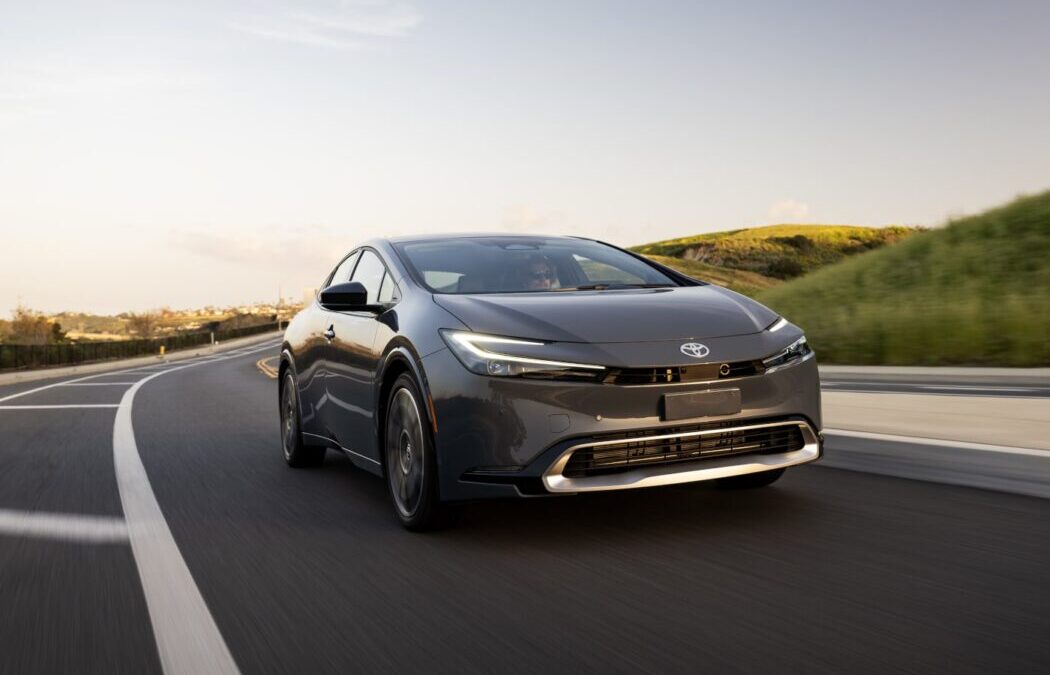
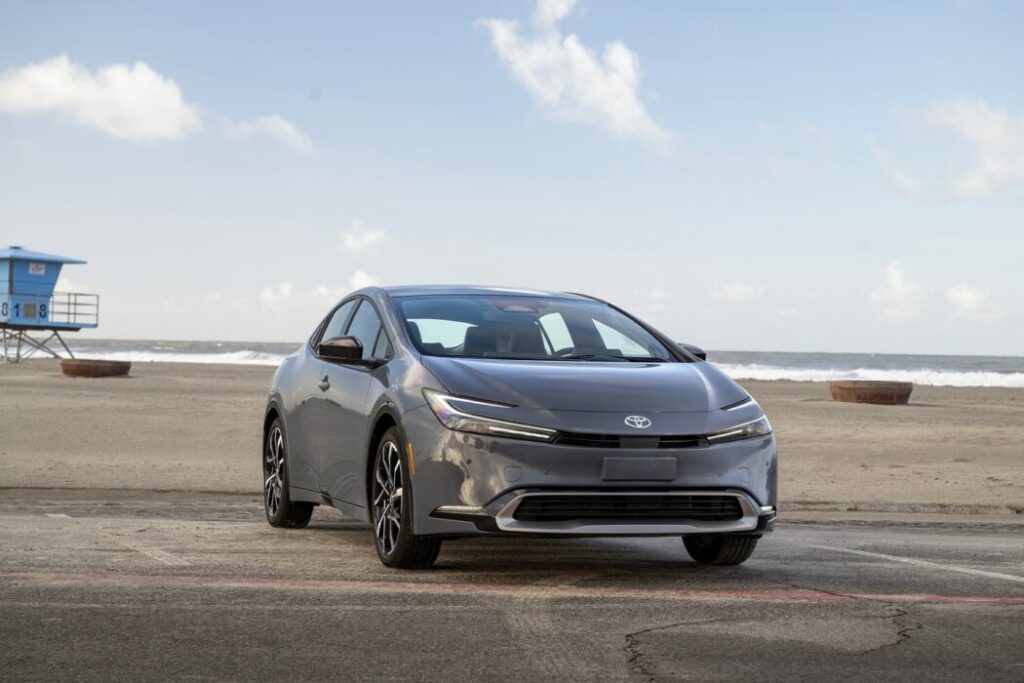
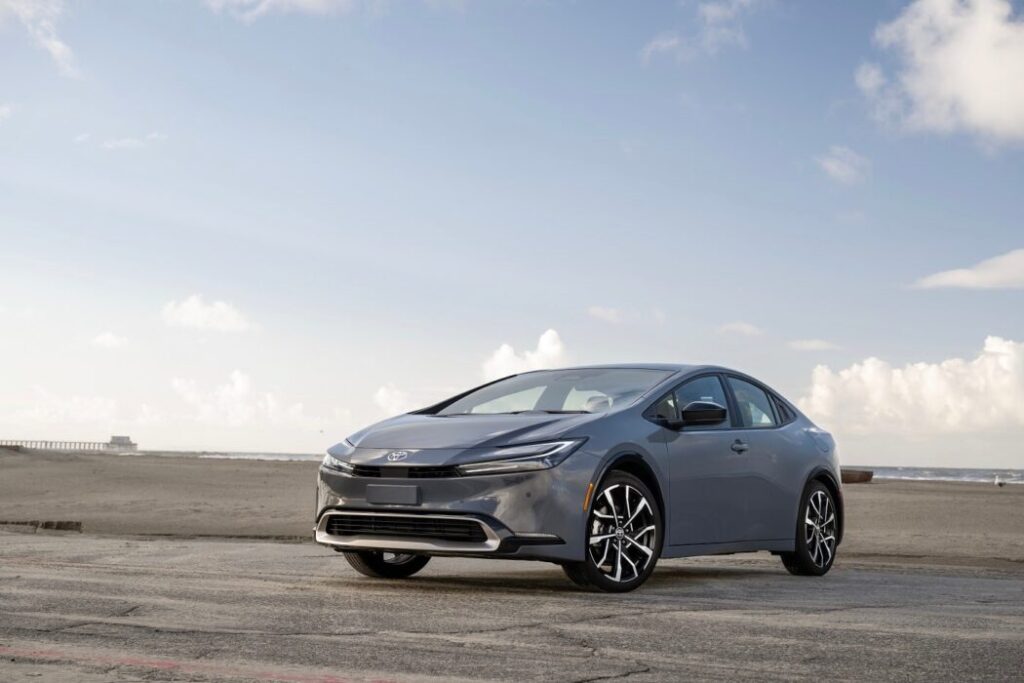
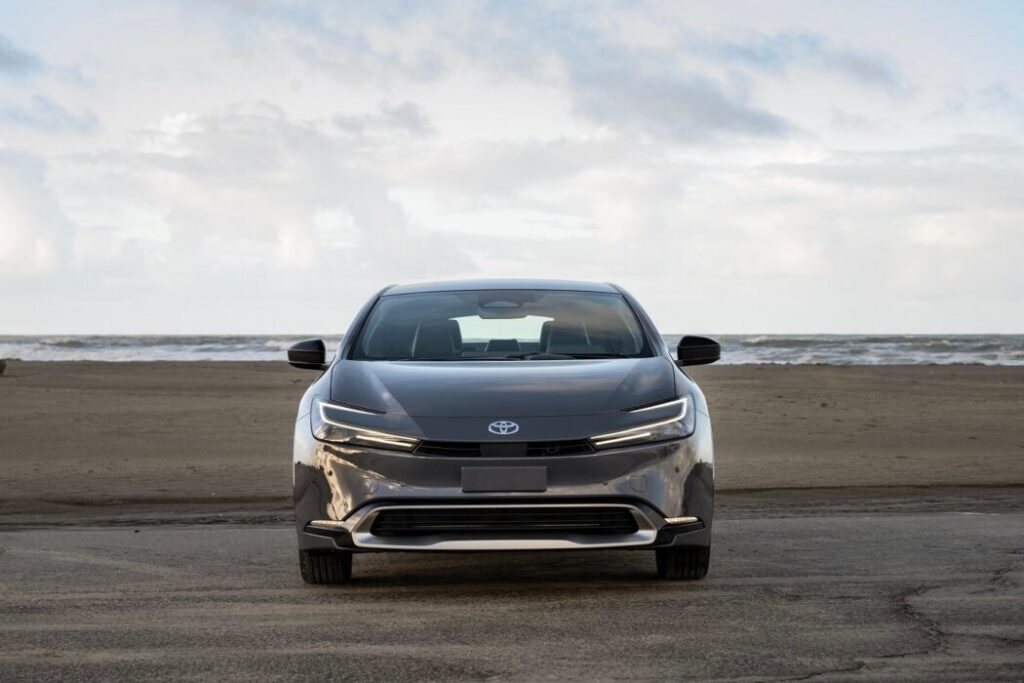
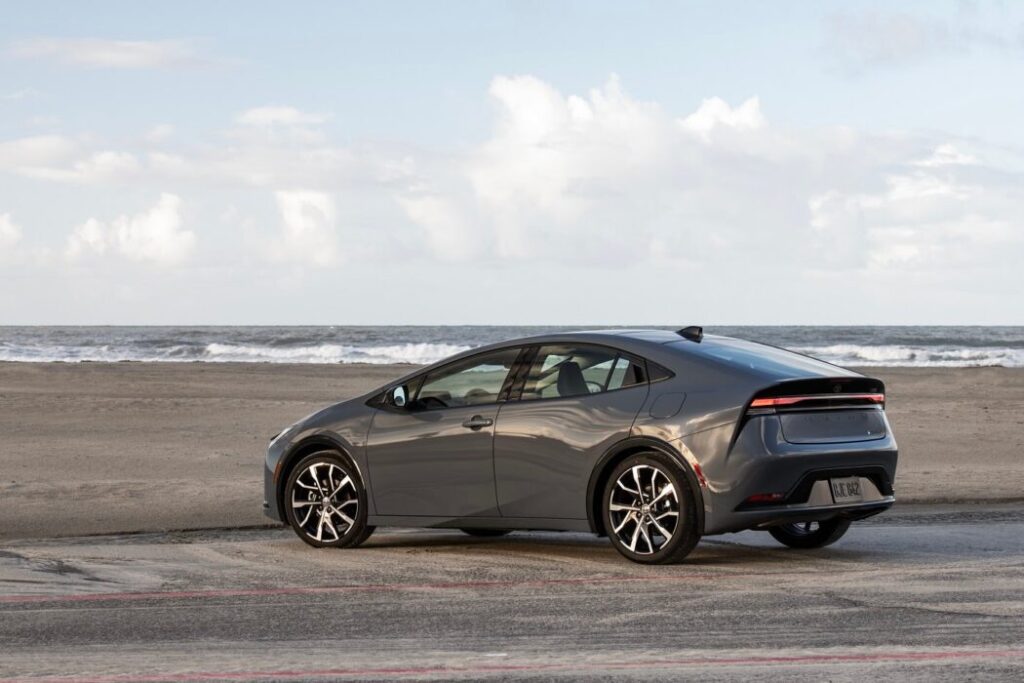
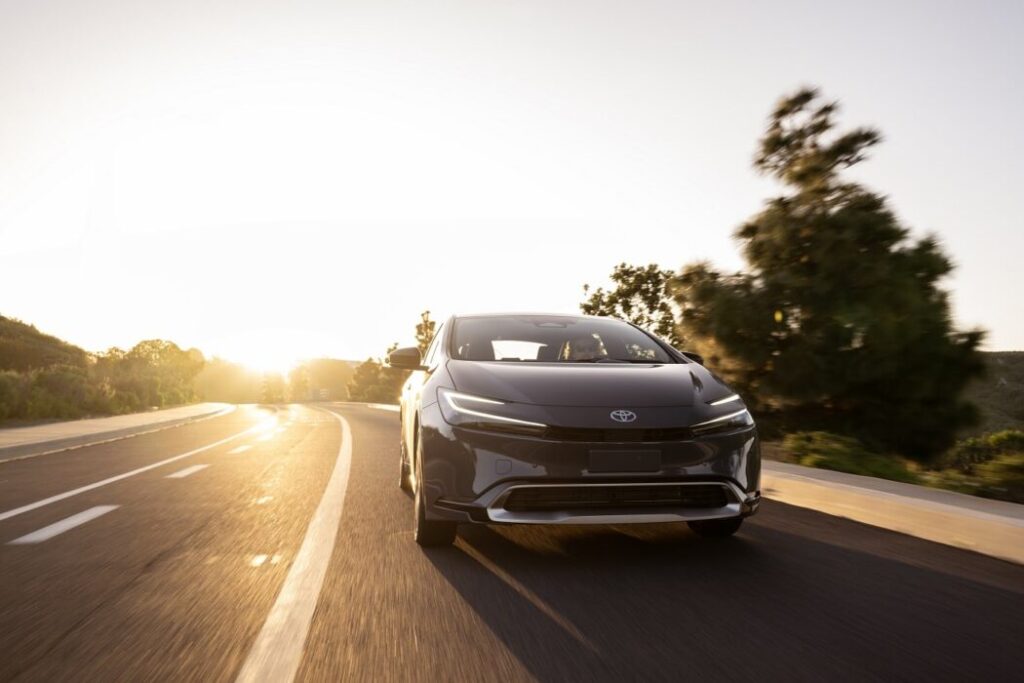
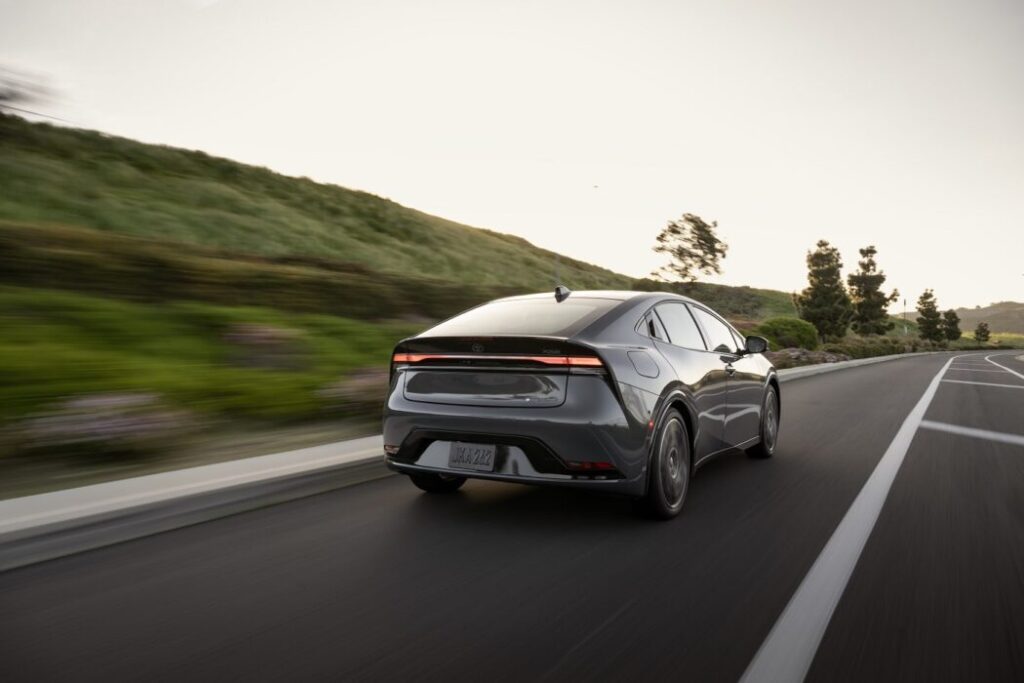
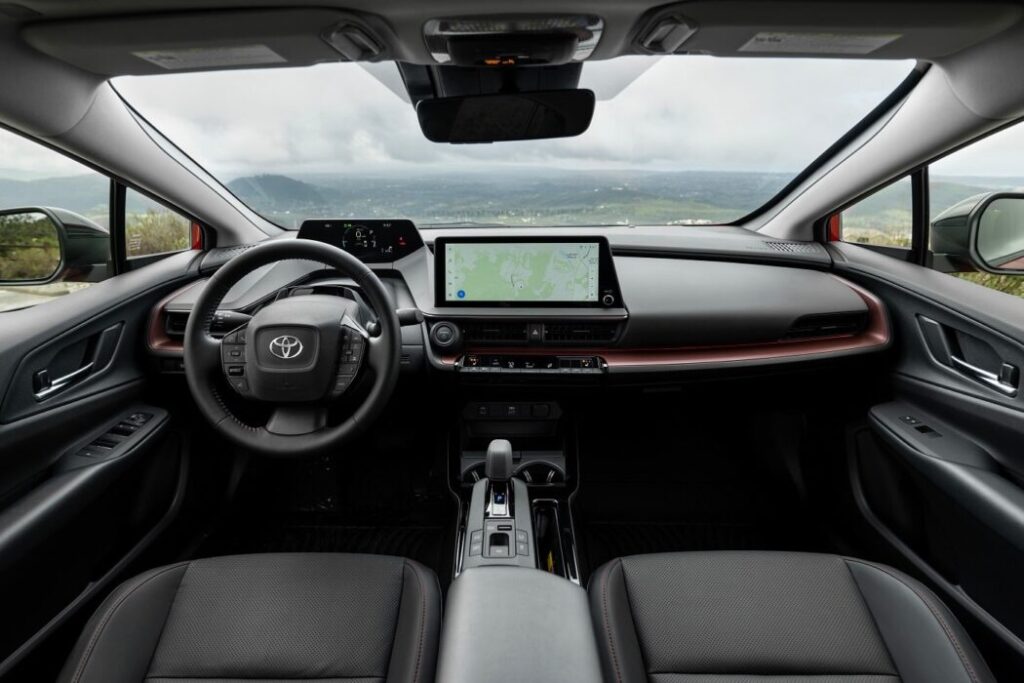
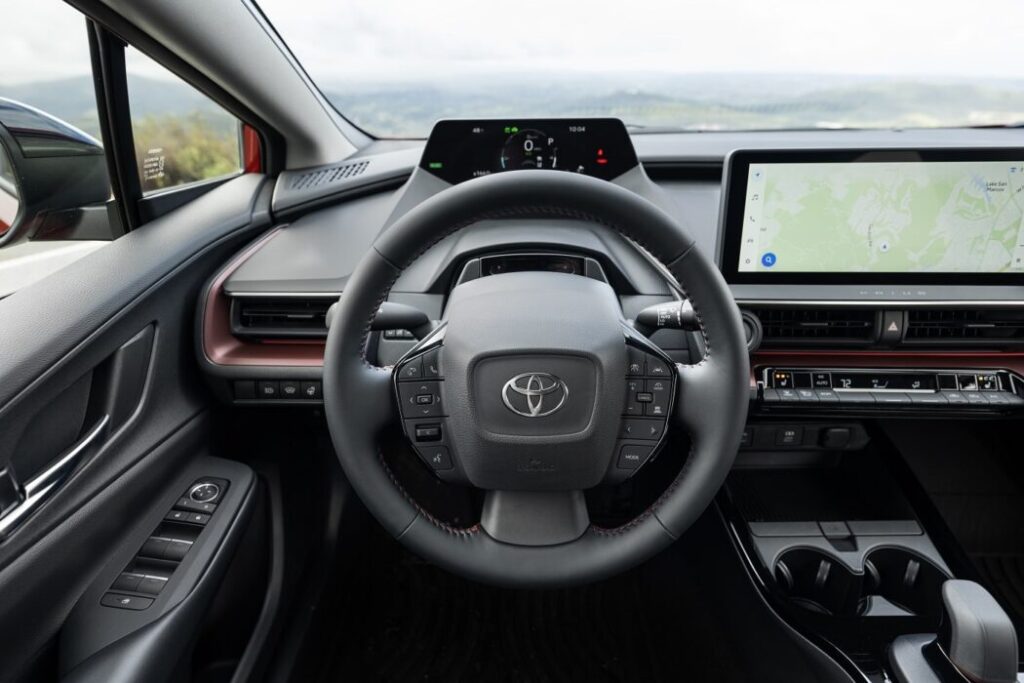
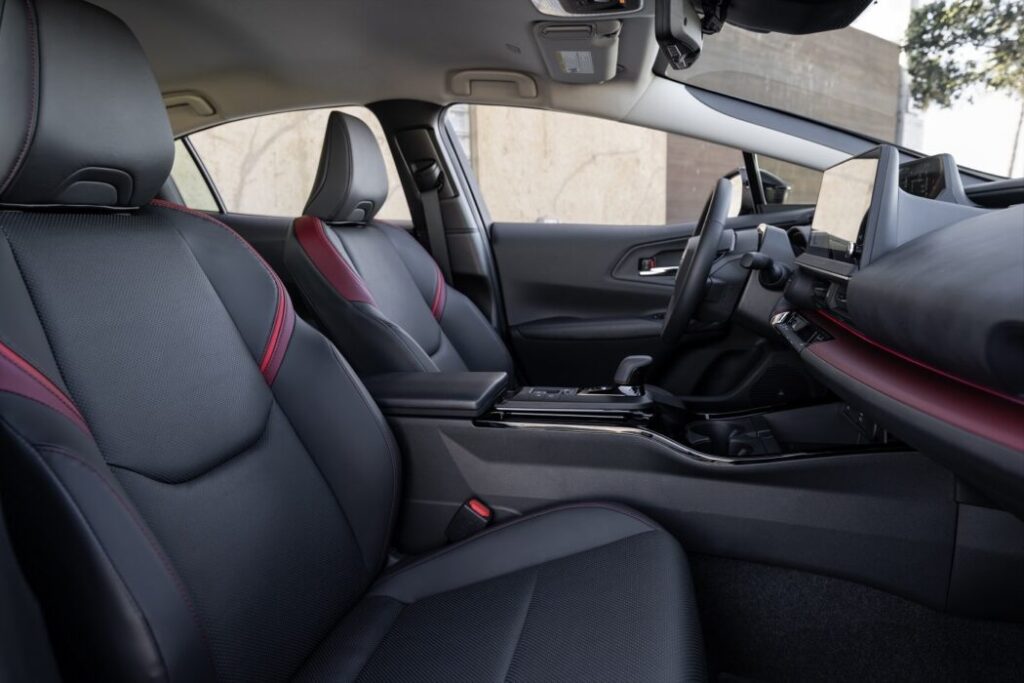
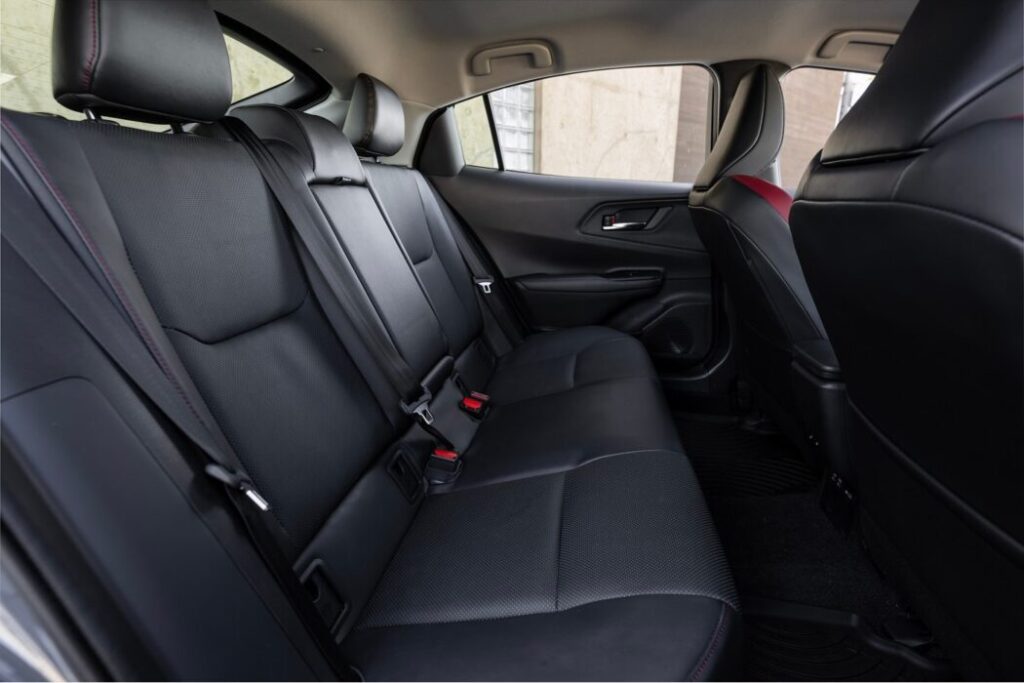
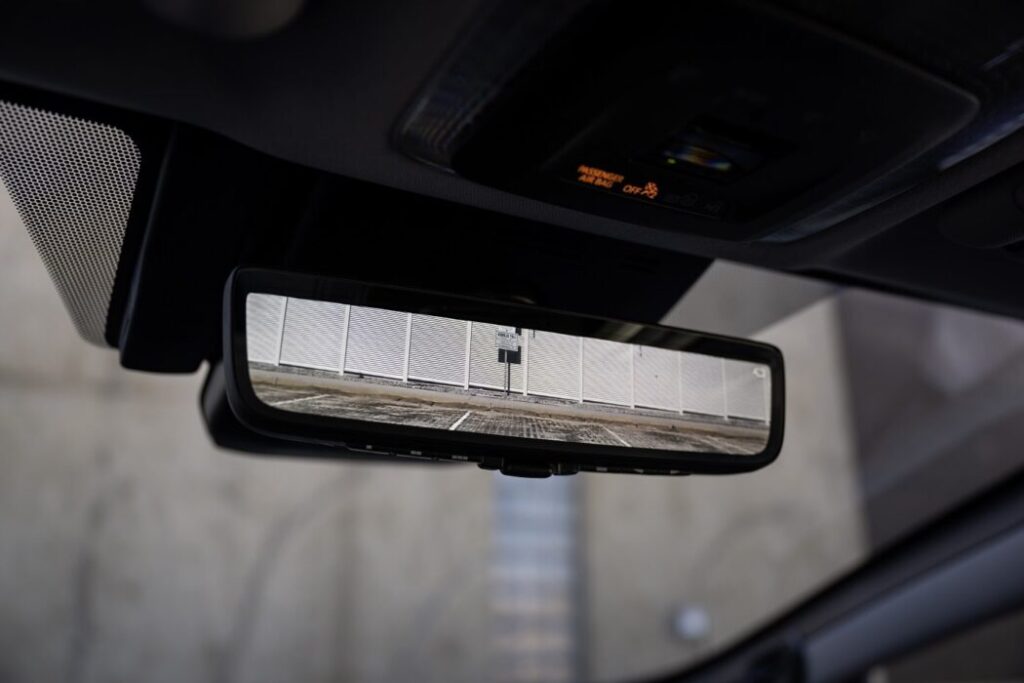
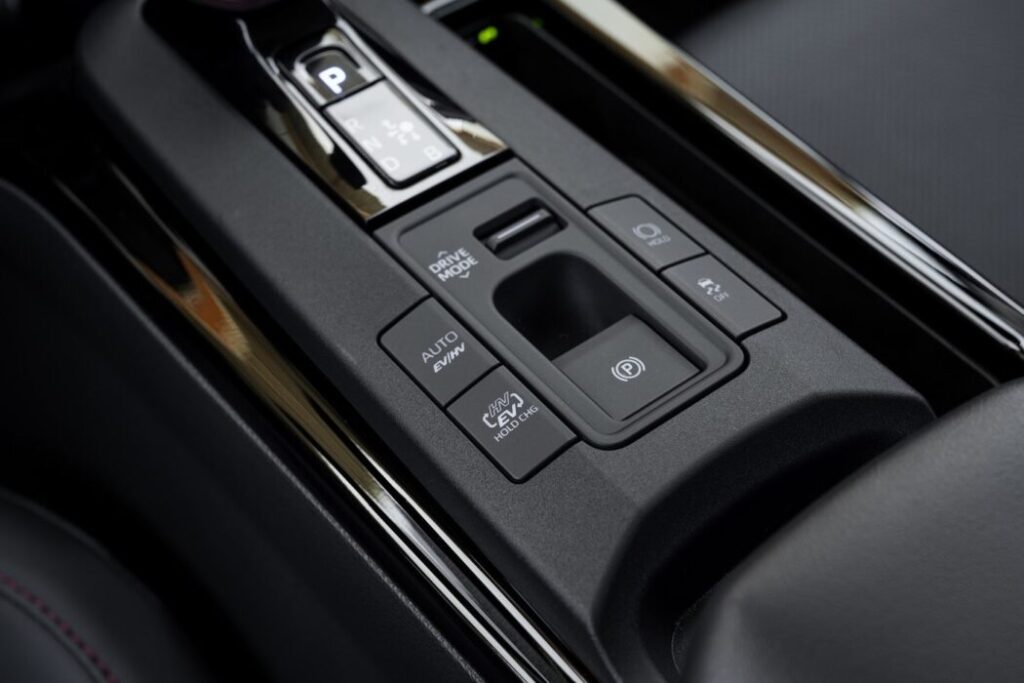
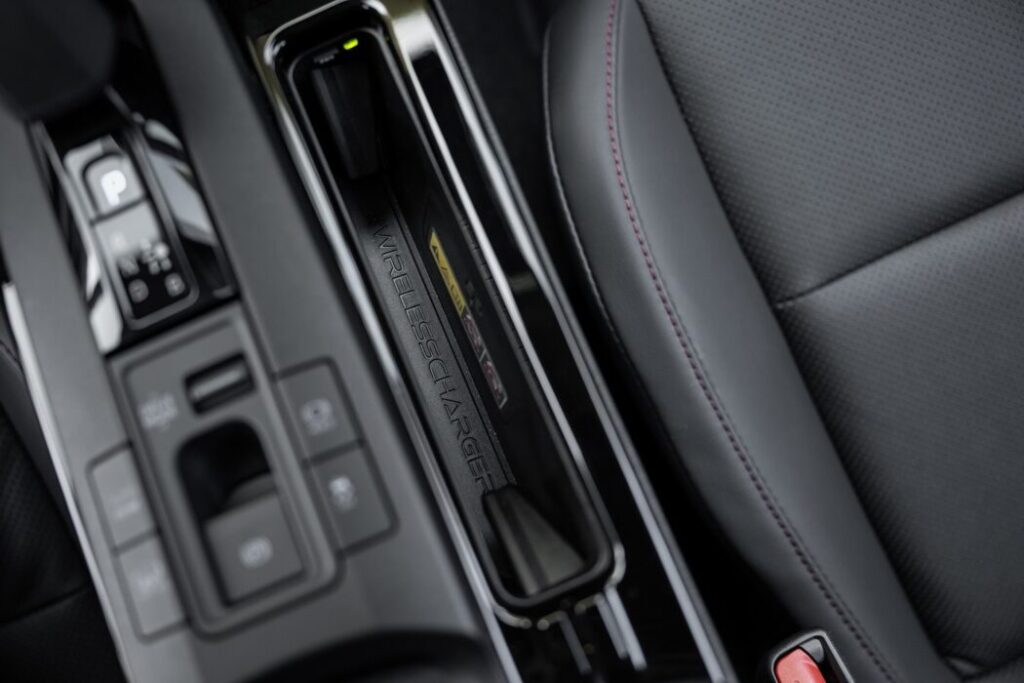
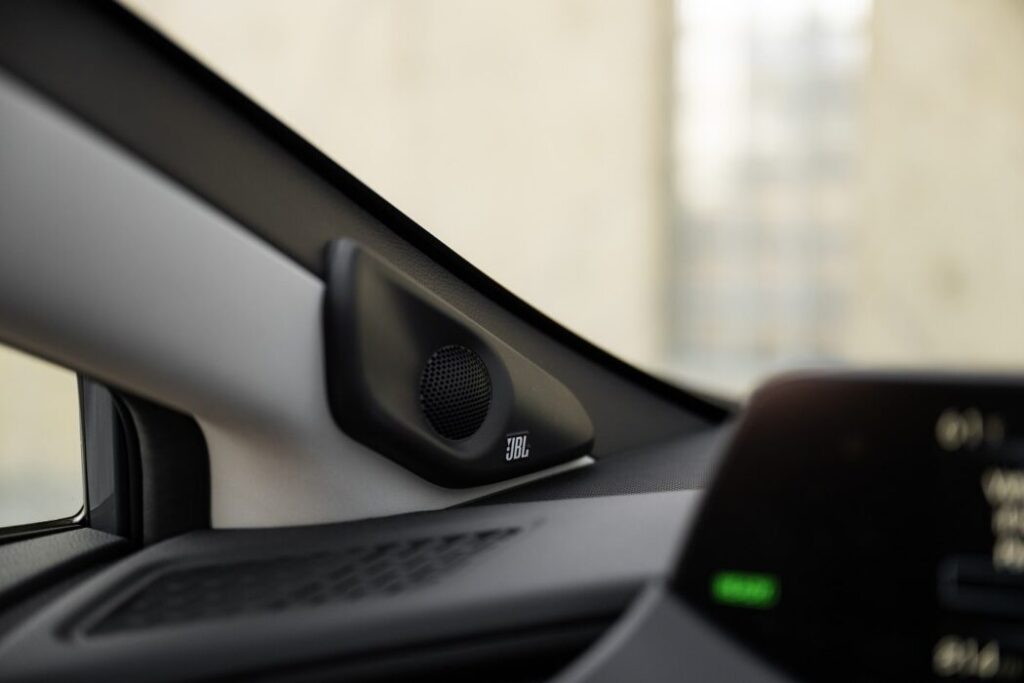
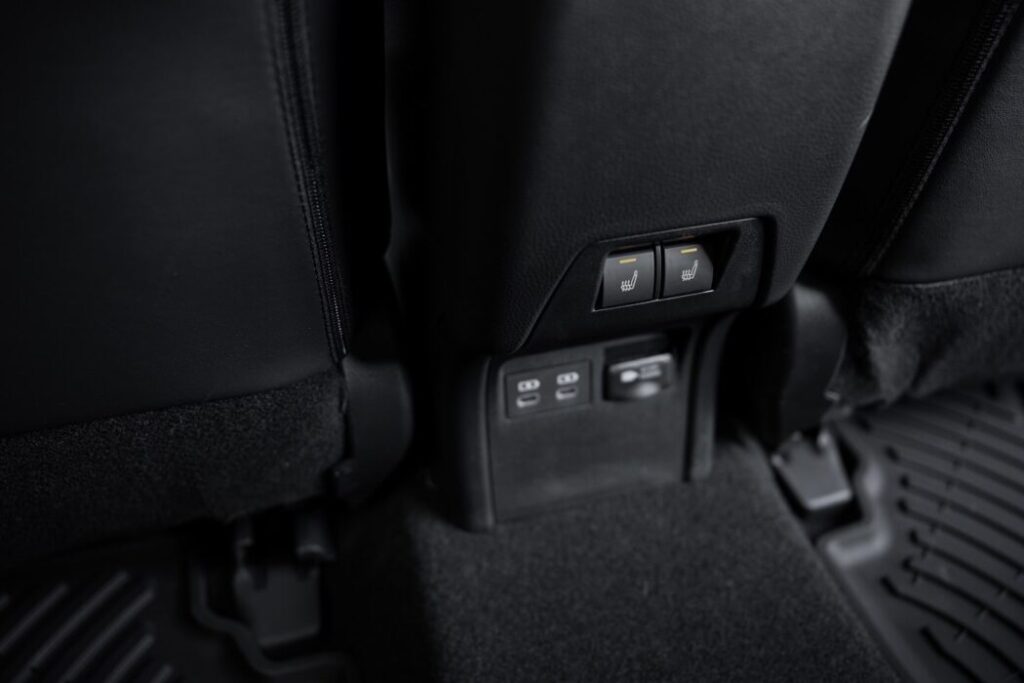
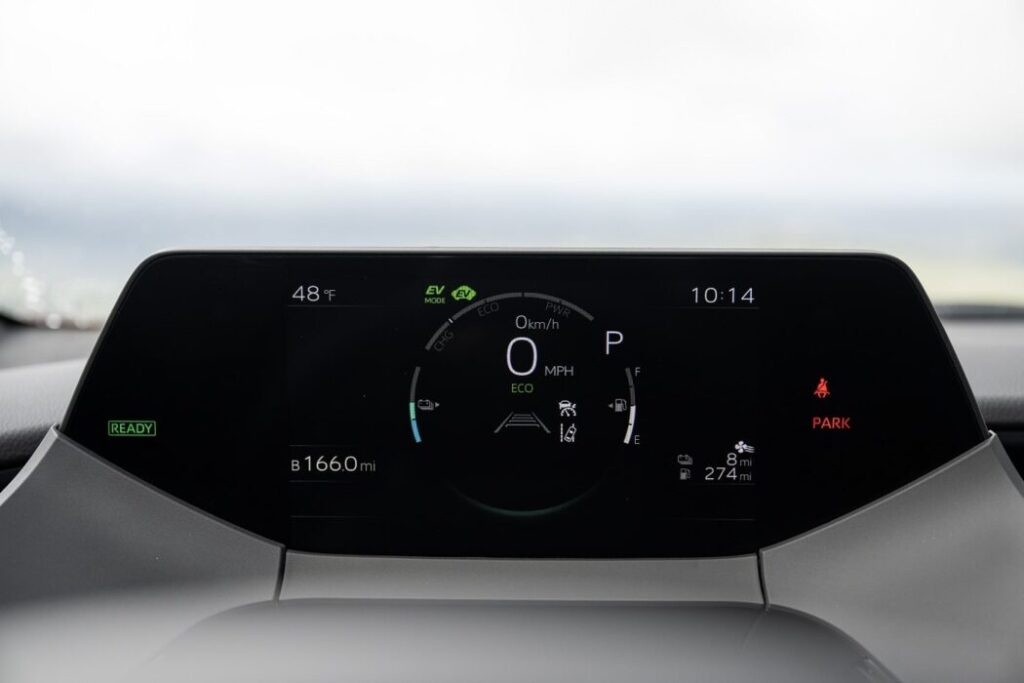
Social Media